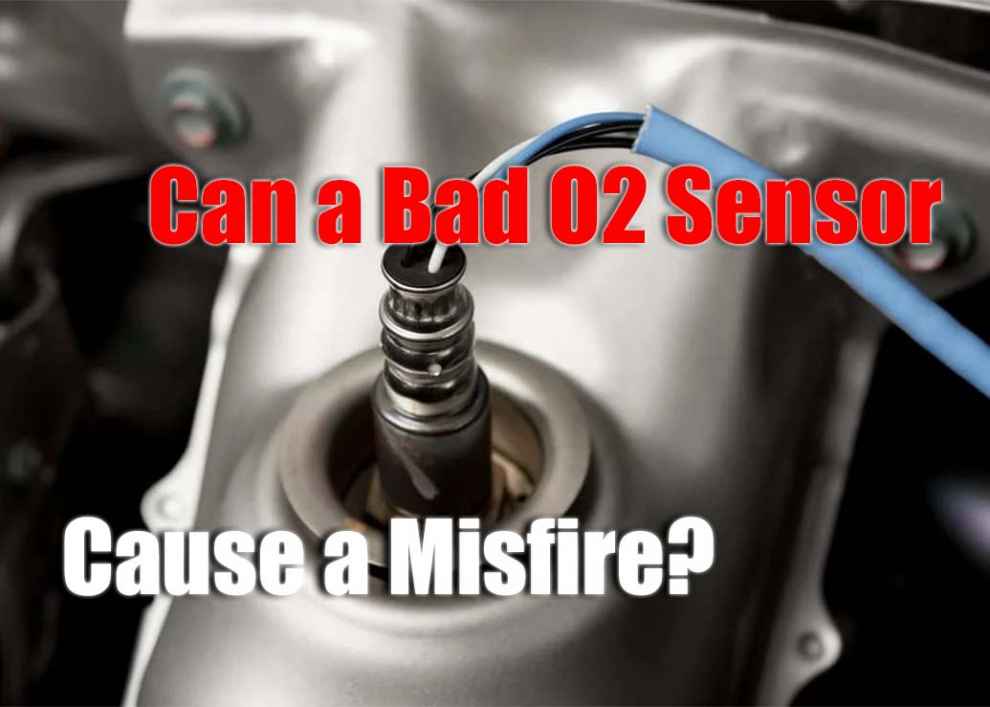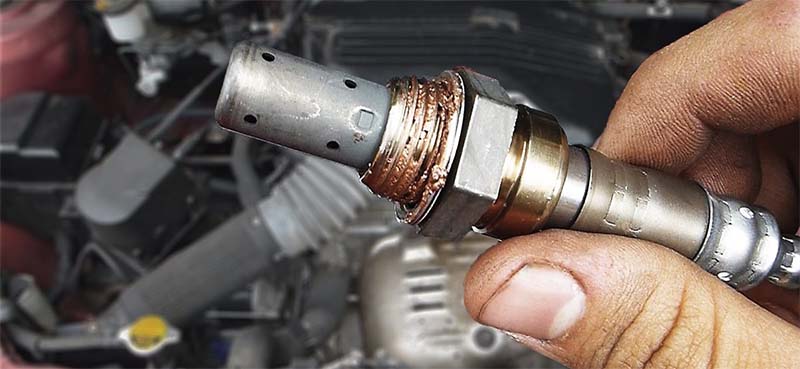Modern cars are very complicated and have thousands of mechanical parts of all shapes and sizes. Now, every single one of those parts plays an important role. The O2 sensors are no exception to this rule. They’re not particularly big or expensive, yet they are, indeed, a vital detail in any engine system. So, the answer to the question – can 02 sensor cause misfire – is yes.
If the oxygen sensor in your vehicle is damaged or doesn’t function correctly, it will lead to a misfire. And in this article, we’ll find out how to identify a bad O2 sensor, talk about what you should pay attention to, and, more importantly, what the average driver can do about it.
Bad O2 Sensor: Symptoms
There are a few signals the onboard computer sends when oxygen sensors are malfunctioning. That makes it easier for you as a driver/owner to make the right decision.
Check the Engine Light
The first and easiest thing you can do to see whether the oxygen sensor is in a good shape or not is to check the engine light. If the light is on or if it’s blinking, that’s a bad sign. It means there is something wrong with your car. And it doesn’t necessarily have to be the O2 sensor. The problem could be caused by a different detail. Therefore, it’s highly recommended to take the car to the closest auto repair shop.
Don’t worry: this happens to every car owner out there. Even if you’ve got the best spark plugs for jeep, oxygen sensors, or fuel injectors, the vehicle will still malfunction. So learn to ‘listen’ to your car.
Bad Smell and Black Smoke
If there is a bad smell in the car, that’s a sign that your oxygen sensors are not working correctly and the fuel mixture is not getting enough air. As a result, there will be a strong odor in the cabin. More than that, you’ll notice an abnormal amount of black smoke. True, there’s smoke even when the oxygen sensor is working fine, but when it’s broken/damaged, there will be ten times more of it.
Bad Gas Mileage
The third symptom that can help you identify a faulty oxygen sensor is poor mileage. If you feel like your car’s fuel efficiency is lacking, it may be because of the bad O2 sensor and the misfires it causes. The thing is, when there’s a misfire, more fuel is being injected into the engine than it actually needs.
Three Useful Tips
- Check on the O2 sensor every 60 – 90k miles and replace it with a new one if it’s malfunctioning
- If you’re driving an older car (15 – 20 years old), diagnose the oxygen sensor more often
- It’s better to let a professional handle this even if it will cost extra.
Final Thoughts
Cars, especially trusted brands like Jeep, are built to last, but they aren’t invincible. As drivers and owners, it’s essential to be vigilant and attentive to any unusual symptoms our vehicles display. Misfires, for instance, can be indicative of underlying issues that can escalate if left unaddressed. While O2 sensors are one potential culprit, they are by no means the only one. If you’ve ever wondered, What Causes Engine Misfire in Jeep Vehicles? you’re not alone. It’s a complex topic that merits further reading and understanding. By staying informed and proactive, we can ensure our vehicles remain in top condition, safeguarding both our investment and our safety on the road.


Add Comment